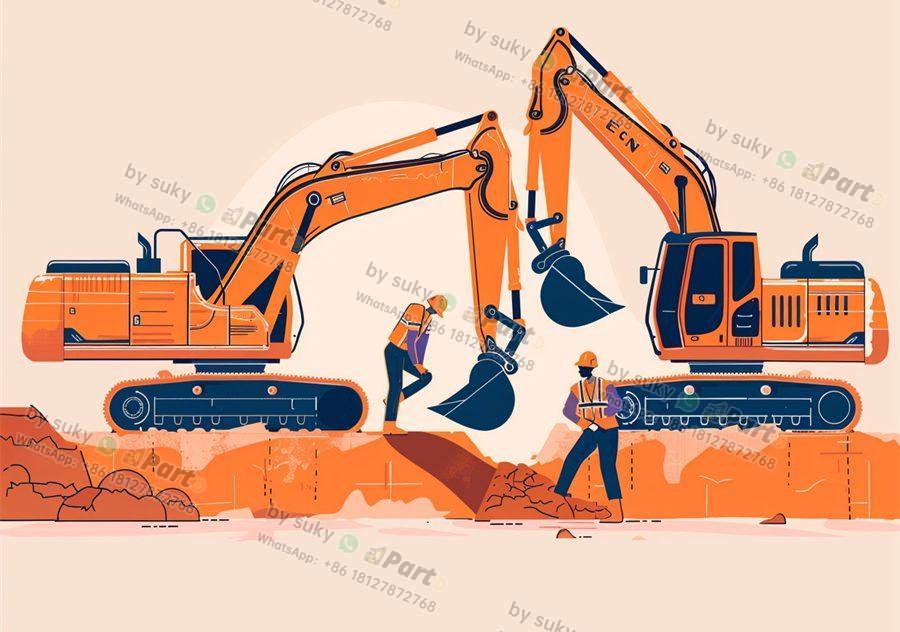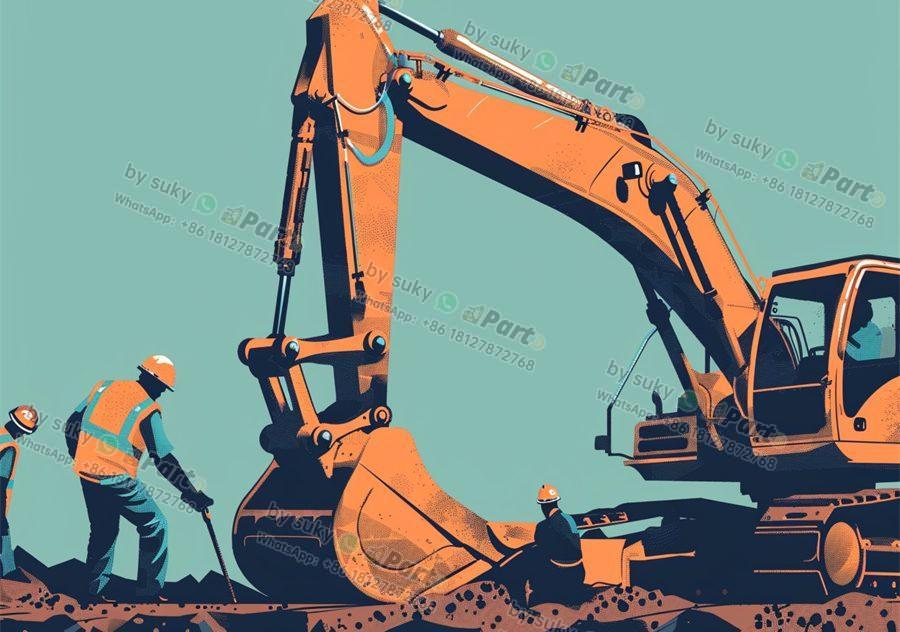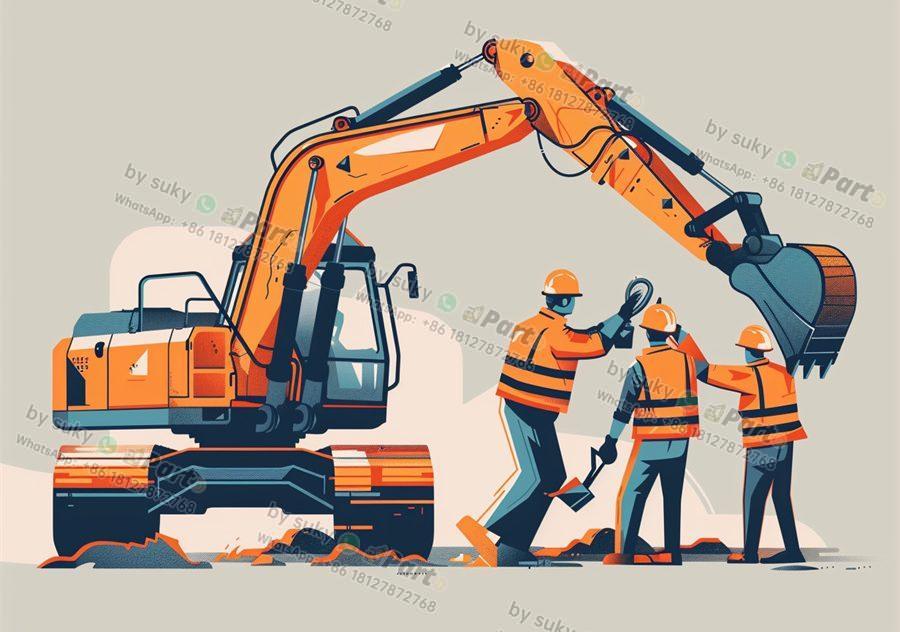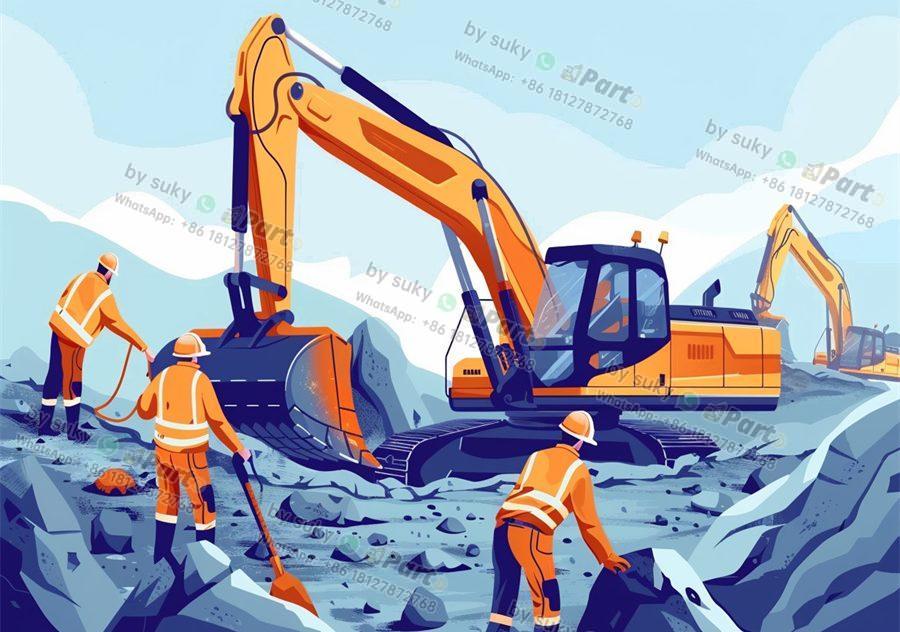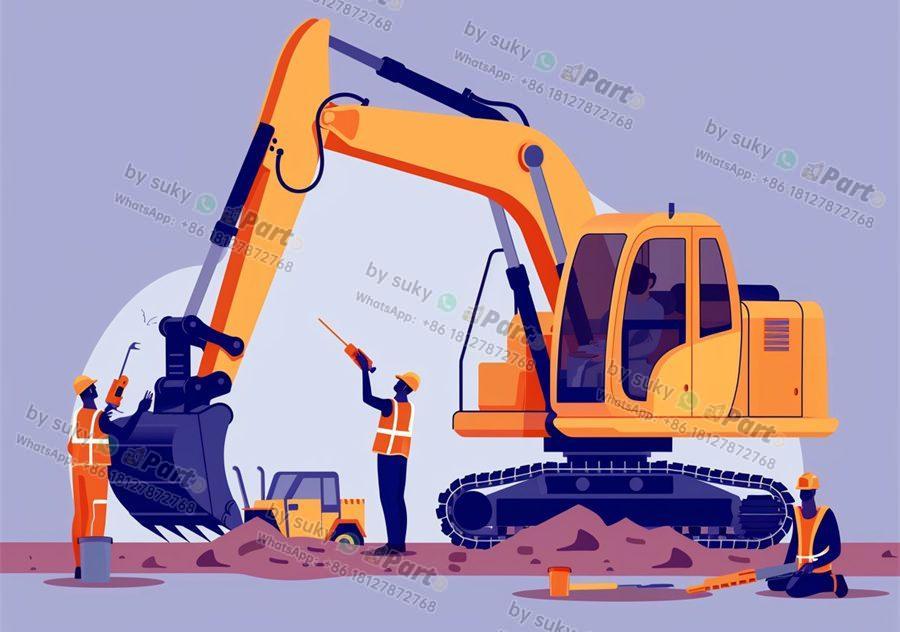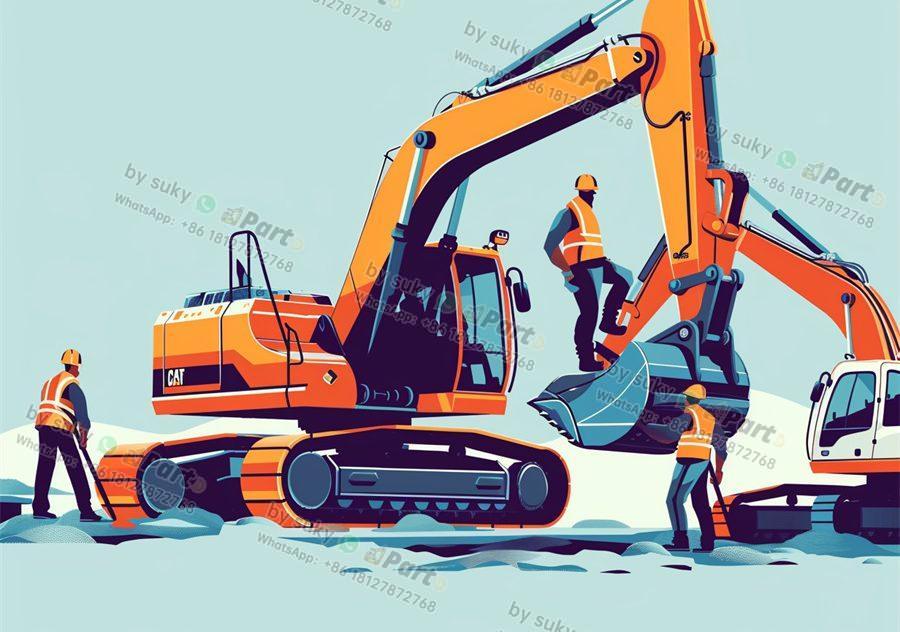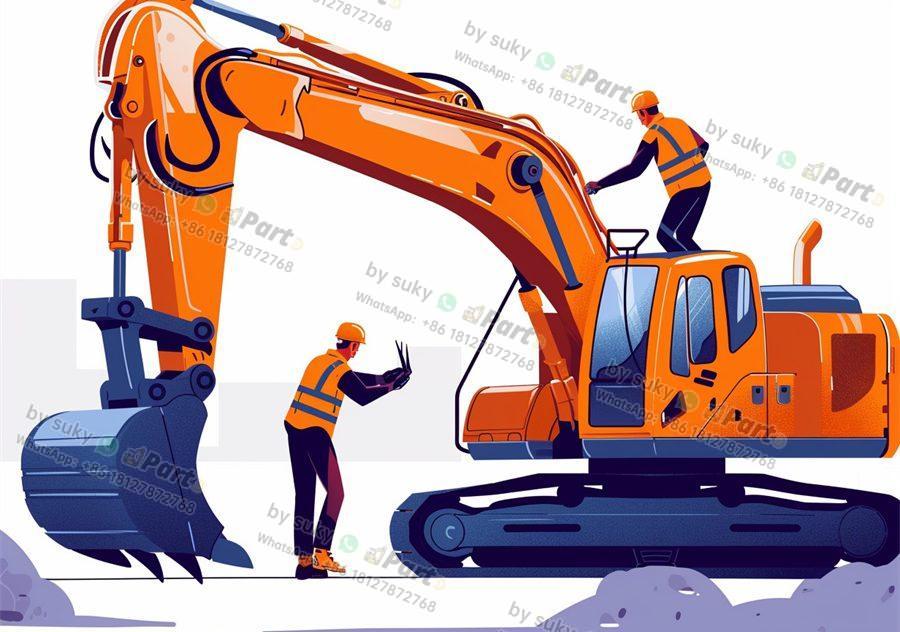Replacing a Water Pump on a 3406e Caterpillar Engine
If you are an importer or distributor of construction vehicle parts, you may find yourself in need of replacing a water pump on a 3406e Caterpillar engine. This essential component plays a crucial role in maintaining the engine’s temperature within optimal levels, preventing overheating and potential damage. In this article, we will guide you through the process of changing the water pump on a 3406e Caterpillar engine, ensuring smooth operation and longevity of the vehicle.
Step 1: Preparation and Safety Measures
Before you begin the replacement process, it is essential to ensure the engine is cooled down and disconnected from any power source. Make sure to wear appropriate safety gear, including gloves and protective eyewear, to prevent any accidents during the procedure. Additionally, gather all the necessary tools and replacement parts before starting to avoid any interruptions.
Step 2: Removing the Old Water Pump
Start by draining the coolant from the engine to prevent any spills during the removal process. Locate the water pump on the engine block and carefully remove the bolts securing it in place. Once the pump is detached, clean the mounting surface and inspect it for any signs of damage or wear. It is also advisable to check the condition of the gasket and replace it if necessary.
Step 3: Installing the New Water Pump
Carefully place the new water pump in position and secure it with the bolts, ensuring they are tightened to the manufacturer’s specifications. Reconnect any hoses or connections that were detached during the removal process and refill the engine with fresh coolant. Start the engine and check for any leaks or abnormalities in the water pump’s operation.
Step 4: Testing and Maintenance
After completing the installation, it is crucial to test the water pump for proper functionality and performance. Monitor the engine’s temperature and coolant levels to ensure everything is operating within normal parameters. Regular maintenance and inspection of the water pump are recommended to prevent any potential issues in the future.
In conclusion, replacing a water pump on a 3406e Caterpillar engine is a straightforward process that can be completed with the right tools and knowledge. By following the steps outlined in this article, you can ensure the smooth operation of the engine and prolong its lifespan. Remember to prioritize safety and proper maintenance to maximize the efficiency of your construction vehicle.

